It’s taken me nearly a year of “digesting” the experience to figure out what to say about my last day in Greenland, and the trip in general. In the end, the day was a sort of miniature version of the trip as a whole: adventure, enlightenment, beauty, and disquiet.
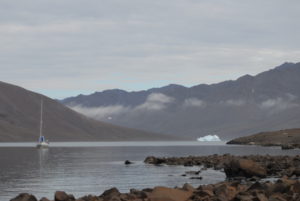
A Private Yacht in Romer Fjord
Having motored south along the coast after poking around for several days in vast Scoresby Sound, we entered the tiny indentation of Romer Fjord planning to go ashore. Like so many ambitions this trip, those plans were scuttled when someone spotted the tiny white dot of a polar bear’s head swimming across the sound. I could barely make out the v-pattern of the bear’s wake through my telescopic lens, but sharper-eyed spotters watched the bear clamber ashore at just the spot where our Zodiacs were supposed to land…thus making it unsafe for us to disembark.
So into the Zodiacs we clambered, to slowly scour the shores of the fjord for almost two hours, straining our eyes for a glimpse of the polar bear. But the poor thing, terrified by the sound of our engines, had vanished inland, and there wasn’t another living animal in sight.
The crew kept a careful lookout for polar bear activity ashore during our lunch back aboard the ship. When the shoreline remained lifeless, we were allowed to land and walk along the beach to explore some thermal springs.
The first glimpse of geothermal activity was an odd-looking bump of rock that at first seemed to be a seeping boulder. It was in fact a mound of stone that had built up grain-by-grain around a small fountain of mineral-laden super-hot water that bubbled up from the earth. Damp with water percolating over its surface, it was like an artist’s pallet of “earth tones”: the black and gray and white of minerals streaked here and there with a brownish scum of algae.
-
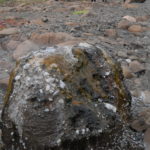
-
A Mound of Stone
-
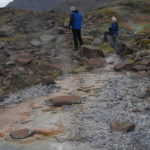
-
Colorful Algae in Hot Water
-
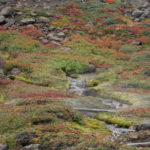
-
A Magical Garden
-
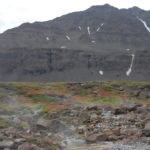
-
Rugged Terrain
-
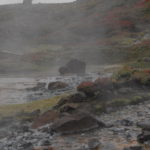
-
Geothermal Steam
-
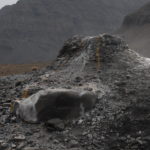
-
The Highest Mound
As we made our way along the rocky shoreline, we found low-growing vegetation in a rainbow of colors that dazzled our eyes after days of dull tundra and basalt and blue-white ice. Magical little gardens of low-growing plants thrived around burbling streams and steaming pools of too-hot-to-touch mineral-laden water.
The climax of our excursion was a hillock of land built up by mineral deposition fifteen or so feet higher than the beach, where the water bubbling out of the highest mound was warm, but cool enough to touch. Someone had built up a low wall of small boulders to dam up the trickling water one larger pool.
-
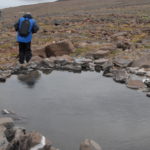
-
Enlarged Pool
-
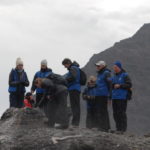
-
Trish Tests the Water
-
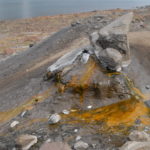
-
Geothermal Artist’s Pallette
Between these little vegetative oases bleached white bones stood out stark and haunting against the brick-red rocky shoreline: vertebrae and ribs, long bones and skulls, the remains of polar bears, musk ox, pinnipeds, and beluga whales. No wonder the polar bear had scrambled for the safety of the steep hills inland when he had sensed the presence of humans.
-
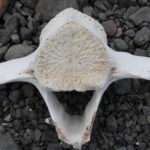
-
Vertebra
-
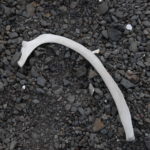
-
Rib
-
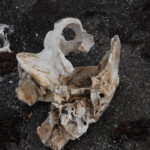
-
Bone
-
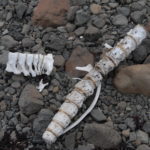
-
Backbone
-
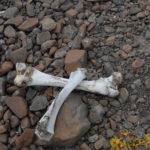
-
Longbones
-
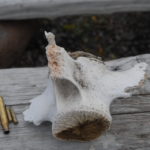
-
Hunter’s Mark
-
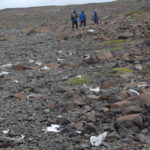
-
Bones Scattered
-
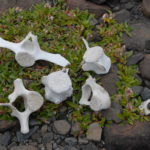
-
Death and Life
My boots crunched along as my mind reeled at the juxtaposition between the geologic wonder, the vegetative beauty, and the deathly brutality. The day seemed a fitting last stop, a rendering in miniature, a small-scale synopsis of the conflicting emotions provoked in me by my exploration of Greenland.

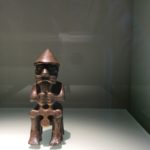
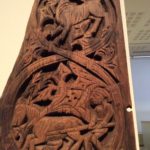
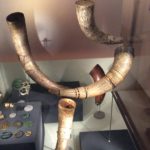
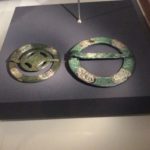
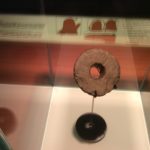
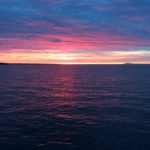
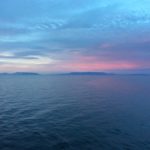
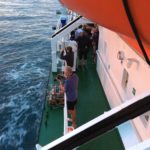
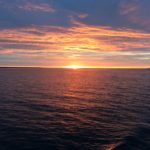


















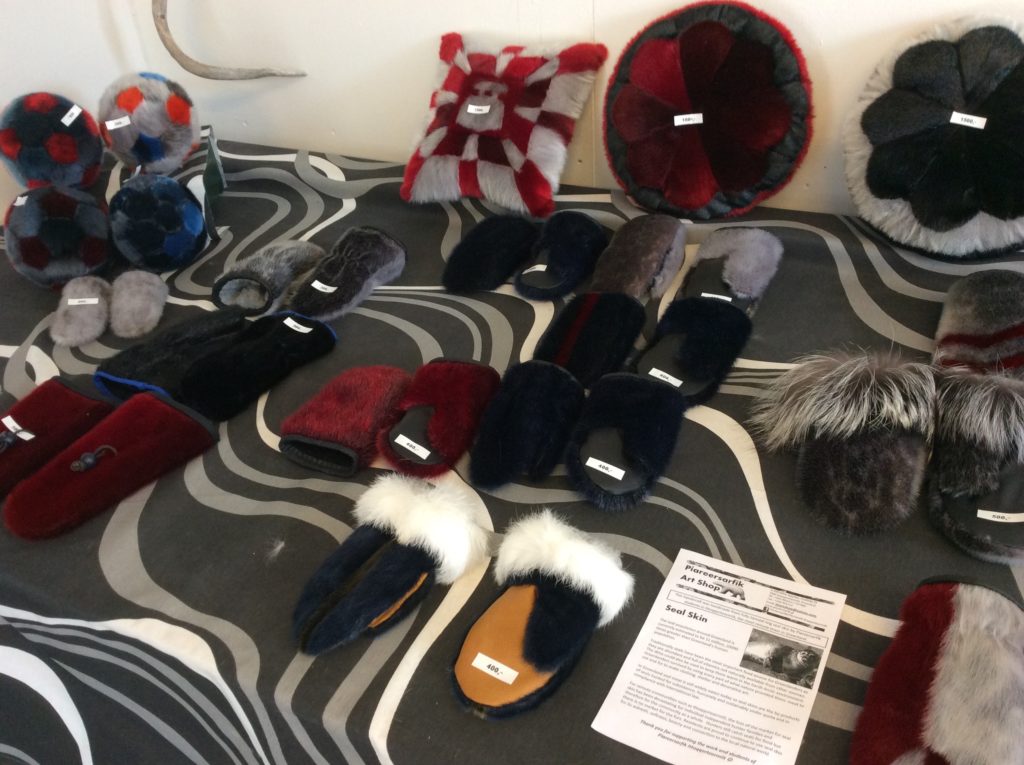
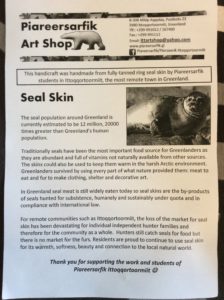
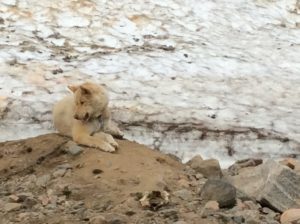
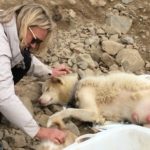
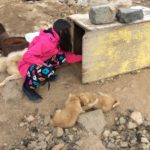
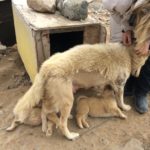
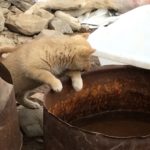
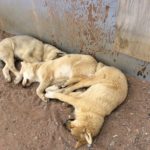
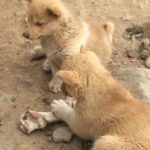
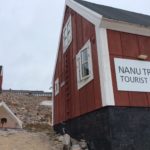
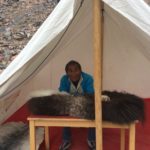
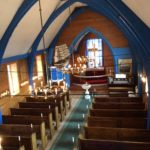
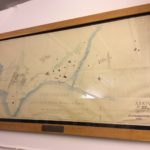
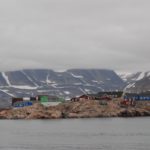
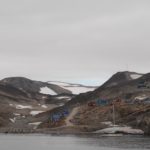
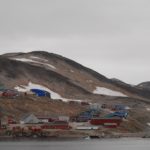
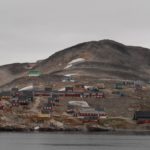
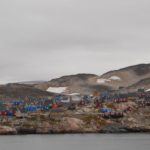
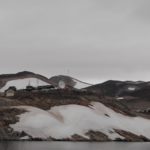
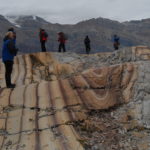
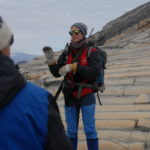
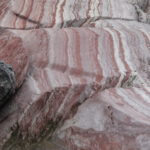
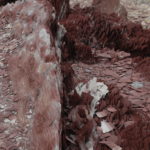
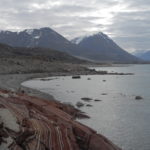
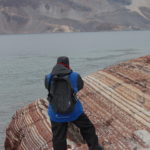
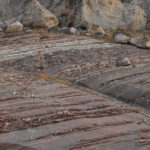
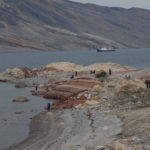
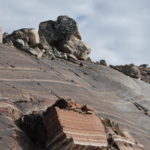
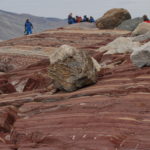
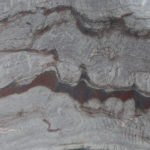
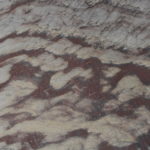
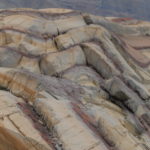
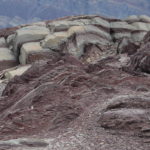
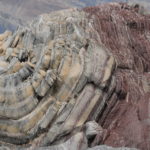
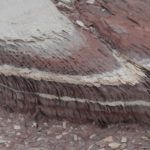
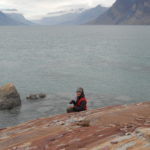
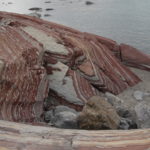
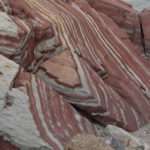
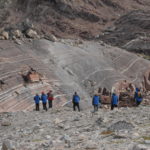
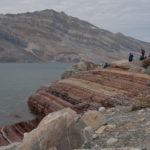
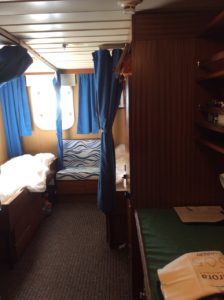
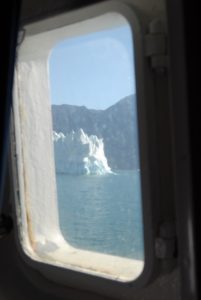
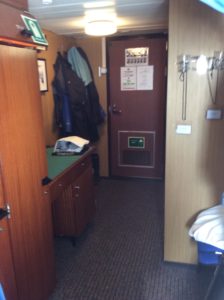
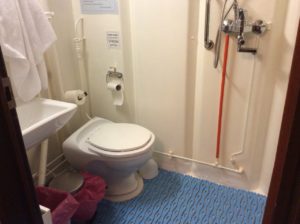
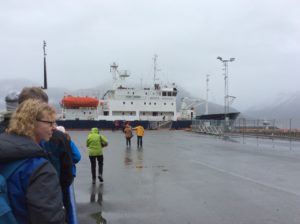
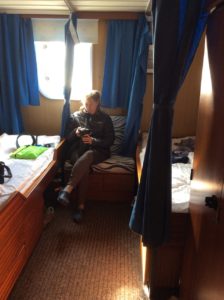
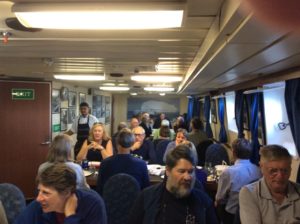
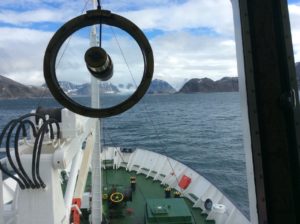
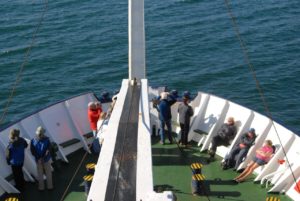
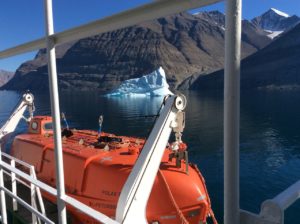
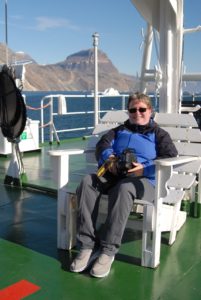
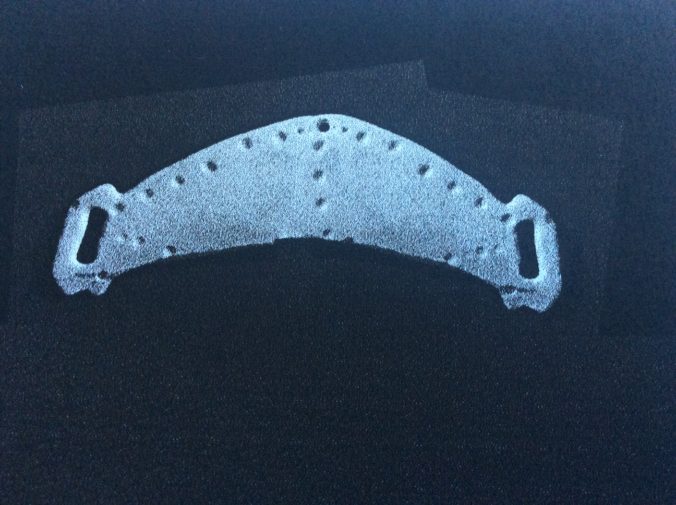
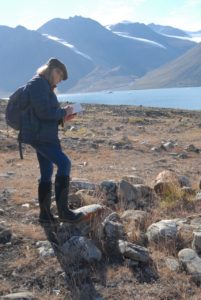
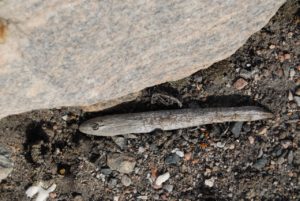
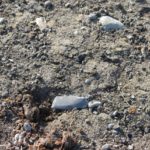
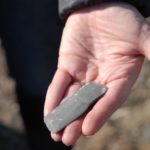
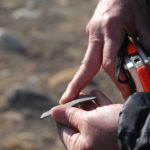
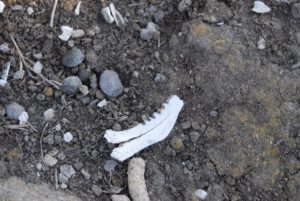
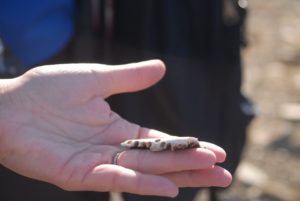
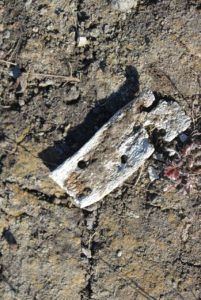
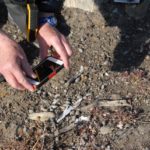
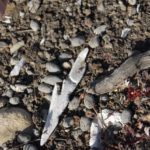
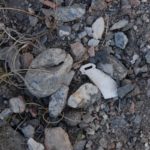
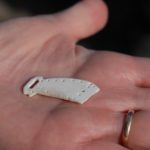
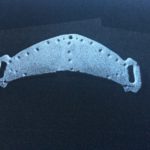
Recent Comments